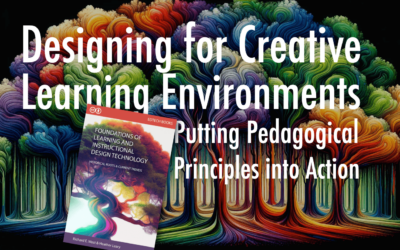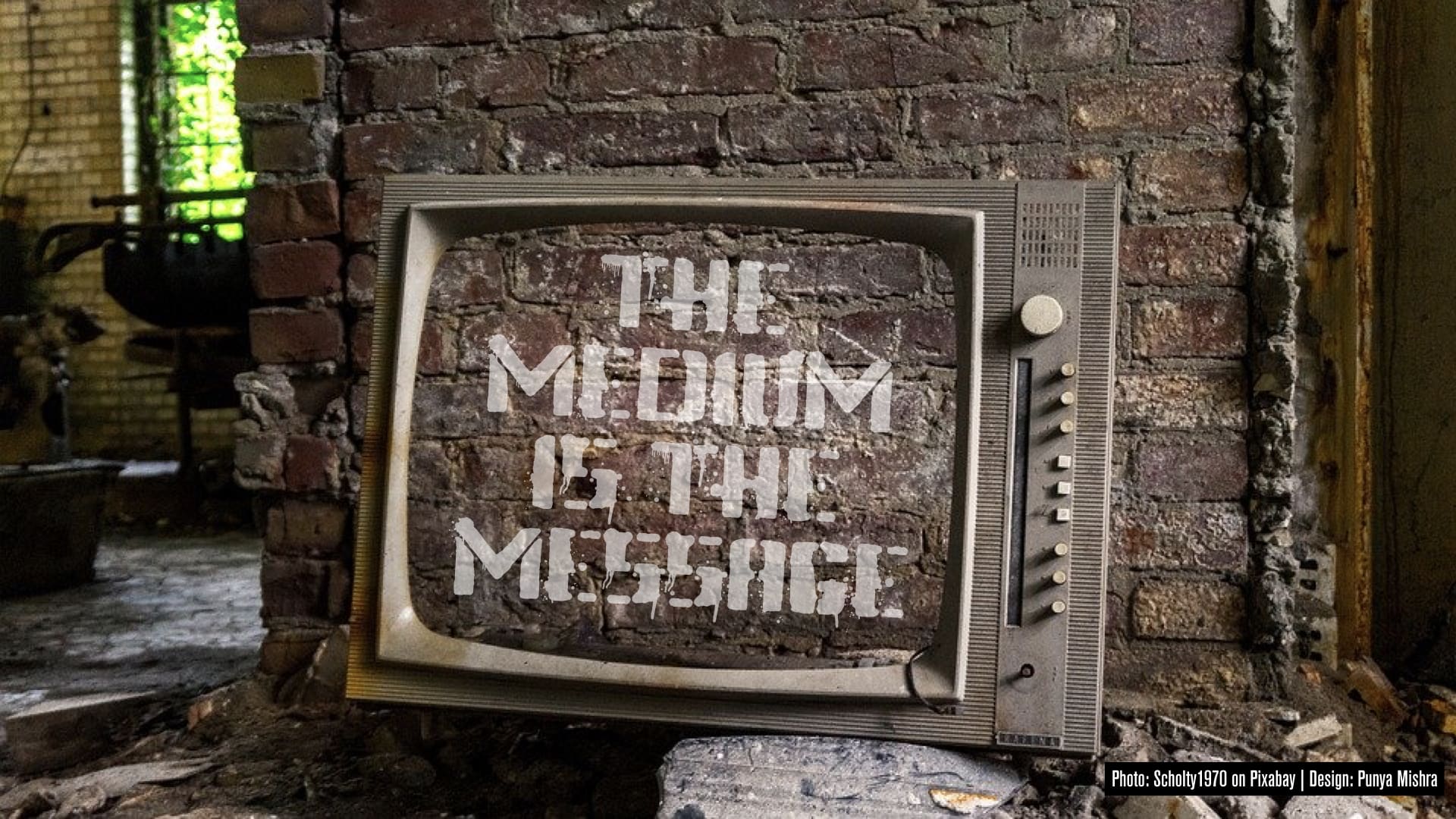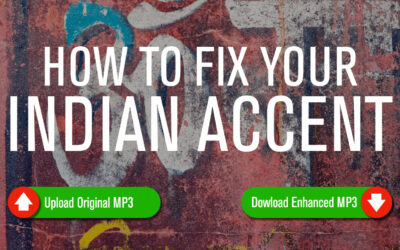There is a recurring debate in the ed-tech community about if media make a difference. One argument is that media is akin to a conveyance system bringing in supplies (content). At some level it doesn’t matter if the content is brought by a truck or a train, a bullock cart or a pipe. The content remains the same. See this blog posting for an overview of this debate.
The fact that media does matter was brought home to me quite strongly in reading this description of listening to John McCain’s acceptance speech on the radio. As the author of this posting on the New Republic online says
I sat down in my rocking chair tonight, armed with a glass of Ovaltine and toast with ration-stamp jelly, and experienced McCain’s speech like it would have been experienced had he been a mid-century presidential candidate: on the radio…
Tonally, over the radio I actually liked the speech other commentators are now panning as “mediocre”, “not a great success”, or even “shockingly bad.” What to others sounded flat (was it the crowd? McCain’s expression?) to me sounded plain-spoken and unadorned.
You must read the entire article to get a flavor of the difference, and I encourage you to do so.
However, I must say that this difference in perception (based on the media in question) is not a new phenomena. This issue crops up as far back as the first televised presidential debates, the ones between Kennedy and Nixon. I quote from this page maintained by the Museum of Broadcast Communications
… those who heard the first debate on the radio pronounced Nixon the winner. But the 70 million who watched television saw a candidate still sickly and obviously discomforted by Kennedy’s smooth delivery and charisma. Those television viewers focused on what they saw, not what they heard. Studies of the audience indicated that, among television viewers, Kennedy was perceived the winner of the first debate by a very large margin.
To come back to educational technology. At some level the argument that media are merely delivery devices is true. However, it misses two things. First, the increased bandwidth that allows for greater degree of information delivery. Second, and maybe more important, the delivery vehicle approach misses the importance of the affective components that this increased bandwidth brings to the table – and how this changes the way we respond to information.
As long as we see content (be it physics or history, mathematics or art) as being this lifeless body of knowledge that can be dumped onto a cart (metaphorically speaking) are are doing injustice to its riches and liveliness. Different media are powerful in different ways and this is something that good teachers have always understood. Technology, pedagogy and content need to come together in integrative and powerful ways if we are to touch the minds and hearts of the students in our classrooms. This is as simple a way of describing our TPACK framework as I can imagine. It is an artistic and creative process – which is what makes teaching with technology so challenging and yet so much fun.





The Medium is the Message
I love Spike Milligan’s ‘The Goons’ scripts; he set the template for how to leverage the ‘lack of vision’ in radio and exploited its full comic potential. As well as being very funny they are an excellent way in for student to understand the uniqueness of radio as a medium and I often use then to set the terms of further enquiry as we explore print, broadcast and new media forms.
You note that “Technology, pedagogy and content need to come together . . . “ – the only way to capitalize on this is to make students constantly aware of audience (purpose), form (medium) and content. But ‘heres the rub’ – pedagogy must shift first.
If we are just delivering content – feeding brains to regurgitate in exams – then why waste time acquiring the skills to communicate beyond the needs of the exam paper? Oh we can play with collaboration, but why when we walk into an exam alone? We can use DV in the curriculum, but why when it is a very time consuming way to assess the content that has been absorb – just give then a test!
Your reflections on the differentiated consumption of media are true; but leading students through such detailed analysis of media explicitly and/or planning resources based on the differences is a distant journey for the vast majority of teachers. Most importantly not a priority if you are hemmed in by a content driven curriculum.
The technology is in place, a strong cannon media theory and practice exists, but they will remain in the wings until the pedagogic scene on stage changes.